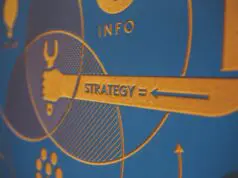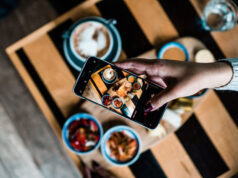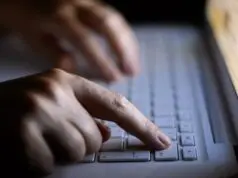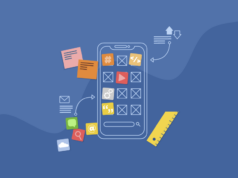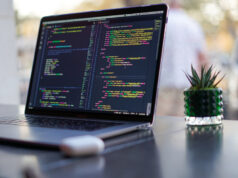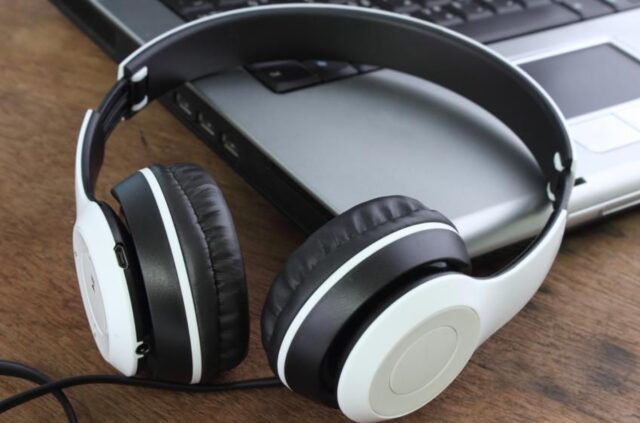
Music is a huge part of our lives and the entire industry is constantly evolving. We’re seeing new genres, a combination of modern and classic music, but with all this, artists are also becoming more protective of their creations. Why? Because music nowadays is used in live streams, YouTube videos, compilations, Instagram or TikTok videos and in many other places. If an artist spent many hours working on a track, they shouldn’t allow someone else to use it for free and get all the credit for themselves.
You are all probably familiar with copyright, what it is and why it exists. You also probably noticed that things are a lot stricter when it comes to these copyright claims than what they were in the past. A few years ago everybody could get away with using a track on a YouTube video or on a Twitch.tv livestream without having the rights for it. But, things are quite different nowadays, and that’s because of these technologies.
1. Audio Watermarking
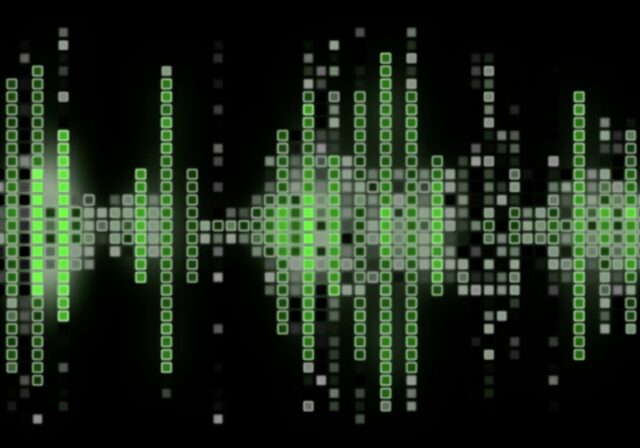
The best way to explain this to someone who isn’t so tech-savvy is by comparing it to a regular watermark such as those placed on a photograph. Watermark means something that makes the photograph marked with the purpose of identifying ownership. The same thing can be done to audio, and it’s equally as simple.
By definition, this means placing a unique electronic identifier that is embedded in the audio signal. And no, this doesn’t impact the content or the quality of the song. It’s done in a very sophisticated manner which only helps with claiming copyright without worsening the user experience. The most secure technique we have at the moment when it comes to audio watermarking is called SSW which stands for spread spectrum audio watermarking.
In order to remove this type of watermark, a significant amount of damage to the audio signal needs to be done, which makes the sound unusable, ultimately reaching a point where we can say that the SSW method did its job of protecting the rights properly. Intrasonics.com is a website where you can learn more on this topic.
2. Advanced algorithms such as the one YouTube has
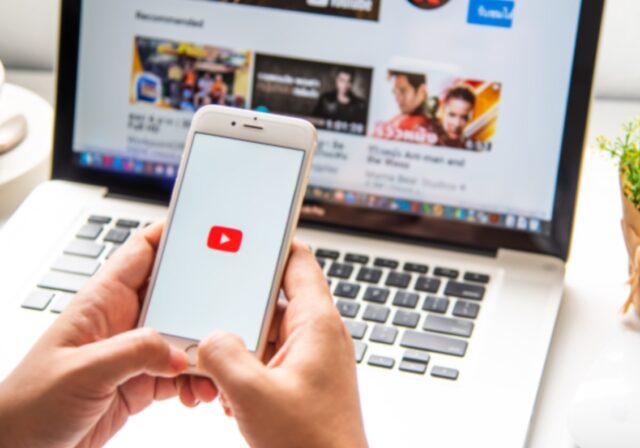
YouTube’s copyright detection algorithm became a lot better than it was a few years ago. It takes less than few hours to detect whether the video uploader has the right to use a song or not, and this goes for unpopular channels and unpopular music as well.
YouTube did a game-changing move when it comes to this which benefits both the creators of music and those who don’t have the budget or the options to add music to their videos. Instead of punishing the channel or removing the video altogether, YouTube allows you to use music that’s not yours, but if you demonetize the content and transfer all of the earnings to the respected owner instead. This not only prevents piracy but it allows the owner of the channel to raise awareness and increase the popularity of the music they want to use in their video, without stealing anything from the owner. A pretty solid move from YouTube, and we were impressed how smooth it works.
3. Claiming ownership of your music on as many places as you can
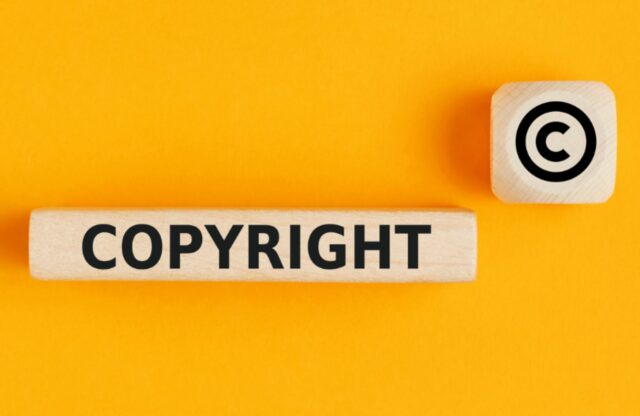
There are many associations, companies and organizations that allow you to claim ownership of your music and improve the chances of staying protected. All you need to do is submit your music and show proof that the deed is yours and yours only. It’s best to do this on as many places as you can, including locally with the responsible authorities in your country, as well as globally by using international services for the cause.
4. The best way to stop privacy is to remove barriers for legal entry
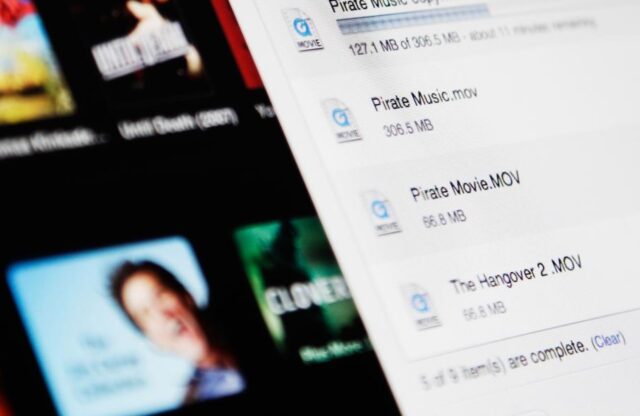
The best way to prevent the problem is by understanding the root of it. People pirate music because they don’t have the money to purchase the rights to use it. But, this is not the artist’s fault, however, we won’t get into that as it gets really complicated. But, you as an artist can do the following things in order to encourage your fans and followers to support you by purchasing your music instead of pirating it. Here’s what you can do:
- Upload your music on as many places as possible in order to make it widely available
- Try setting competitive prices based on realistic quality and popularity estimations
- Make it as easy as possible for people to buy your music because the issue is not always in not having enough money, but instead in the discouragement people have due to the complicated process of obtaining right of use.
5. Algorithms that automatically add a layer of sound as protection
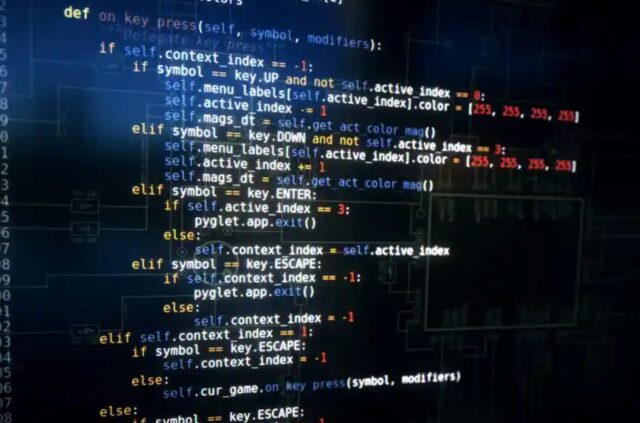
You are probably familiar with this technology as well, especially if you’ve ever looked for a free sound for one of your projects. AudioJungle for example is very close to what we’re trying to describe here. Every sound that’s being sold on their website, whether that’s music or folleys, is protected by a layer, a watermark that makes the product commercially unusable unless it’s purchased.
And, since this is all automatized, you don’t have to worry about adding it on your own for each and every track. If you are planning to sell your own music on your own website, this is probably the best technology you can use to prevent piracy.
Conclusion
Using someone else’s music in your student films, YouTube videos, video games or anything that you’re planning to re-sell in the future is not allowed. But, some people do it regardless. Thankfully, we have advanced technology nowadays that’s getting even more sophisticated as time goes by, and this prevents the majority of pirates from doing what they want to do. Audio watermarking seems to be the most efficient solution at the moment, and we talked about it in this article, so feel free to check out the content above. Thank you for reading, and remember, support your local artists.

